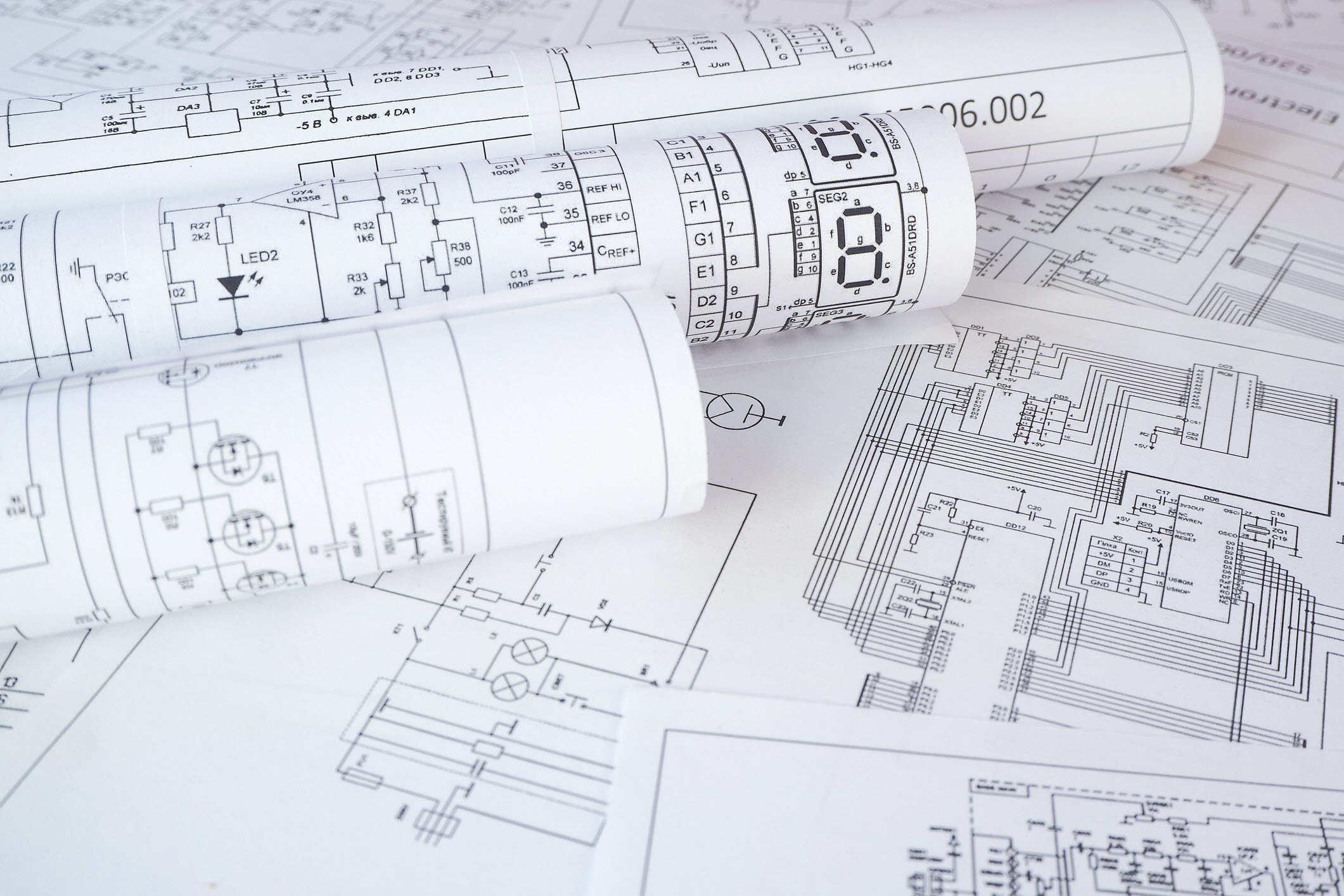What Is Bill of Material (BOM) Management?
Bill of Material (BOM) management is capturing, configuring, and managing of all product data throughout the lifecycle of a product. This includes the complete history of BOM revisions, changes and approvals. Therefore, effective BOM management is critical to a manufacturer’s success.
What Is A Bill of Material?
A bill of materials (BOM) is a centralized source of raw materials, components, and instructions required to assemble, construct, manufacture, or repair a product or service. This information contains the quantities in which the materials are needed, descriptions, and costs.
Additionally, a BOM appears in a hierarchical format, The highest level displaying the finished product and the bottom level showing individual components and materials.
As a result, a BOM is fundamental to the effectiveness of multiple manufacturing and supply chain processes. Those processes include production, materials requirement planning, inventory planning, scheduling and product costing.
What are the Benefits of a Bill of Material?
Transparency
A bill of materials is the framework for a product. Following a BOM defines what is required of every team member from procurement to assembly or repair of the product.
Availability
Providing a clear list of the materials and quantities required to complete a single unit is perhaps the most important benefit. (BOMs). Purchasing quickly identifies what they need to purchase, how much to buy, and when its required. Additionally, identifying the existing inventory consuming, the quantities and timeline.
Efficiency
Accurate BOMs provide ease of purchasing and inventory management. First, they provide a list of components that require purchasing. Simplifying the collaboration with suppliers by identifying the product needed, quantity required and when required. Secondly, they provide a list of components that can be used from existing inventory. Therefore, resulting in an efficient process from purchasing and manufacturing.
Optimized Inventory management
A BOM helps you manage inventory levels more effectively by showing the quantities of the components and the specific time of need. This involves consuming existing inventory and ordering the right amount of stock Just-In-Time (JIT). This reduces capital tied up in work-in-process and raw material inventory.
Repeatability
Having an accurate Bill of Material helps facilitate that products are assembled, repaired or serviced the exact same way, every time. This includes using the same material, processes, and methods consistently.
Inaccurate BOMs results in halting production, increasing operating costs, or delaying revenue recognition – all of which are detrimental to the overall business position. An absence of BOMs leads to unreliable data and inefficient processes such as relying on spreadsheets, and tribal knowledge.
What Content is Included in a Bill of Material (BOM)?
Depending upon the industry, and products manufactured, repaired or serviced the content the Bill of Material (BOMs) varies. Furthermore, discussions with all parties, such as designers or engineers as well as purchasing, scheduling, and planning workers also contribute to what content the Bill of Material (BOMs) should include.
The options and variations are endless, The most common Bill of Materials include:
- Line Item No,
- Part Number,
- Part Name,
- Part Revision
- Quantity Required per unit,
- Unit of Measurement,
- Assembly References and,
- Notes.
Additionally, depending on the industry type, and product manufactured, or services rendered, other attributes might include:
- Material,
- Size,
- Length,
- Weight,
- Tolerance,
- Enviromental Classification,
- and Specifications
Furthermore, incorporation into the Bill of Material such as packaging, and preservation requirements of the product is helpful.
Lastly, it is not uncommon to include process related drawings, manufacturing routers and even Alternate or Substitute material options.
In summary, identifying what content to include in a Bill of Material is an important step for each organization. Maximizing information about the product in the Bill of Material minimizes the need to go elsewhere for information.
What are the Types of Bill of Material (BOM) Structures?
Single-level Bill of Materials
A single-level bill of materials structure (BOM) is a simple list to produce a product, consisting of only one level of children in components, assemblies, and material. This is best suited for simple products. This type of product does not have any relationships to any other product.
In a single-level BOM, each part that will make up the product or asset is shown once, along with the quantity needed.
Multi-level Bill of Materials
In contrast to the single-level bill of materials, a multi-level BOM shows the relationship (sometimes called parent-child) between components, sub-assemblies and assemblies.
A multi-level BOM is also referred to as an indented BOM by indenting the materials and/or subassemblies that make up the higher-level part or assembly.
It’s similar to a single-level BOM but provides a greater level of detail and specificity on all parts involved in the production of the product. It displays further details such as the quantity of required materials and is indented to illustrate the relationship between various materials, assemblies, and sub-assemblies. Therefore, multi-level BOMs are typically used in complex products.
Choosing SimpleManufacturing™ as your next Bill of Material (BOM) Solution
The SimpleManufacturing™ Bill of Material Module is a simple, yet flexible and robust approach to managing BOMs. Its efficient means of creating, reviewing and revising BOMs leaves more time to verify accuracy.
An accurate, thorough and updated bill of materials improves decision-making and facilitates efficient production processes.
Additionally, the use of Bill of Materials helps organizations move quickly from design into production, which may help them realize revenue quicker.
Furthermore, BOMs help organizations save money by cutting waste. Due to the depth and breadth of information they provide, BOMs can boost supply chain resiliency.

